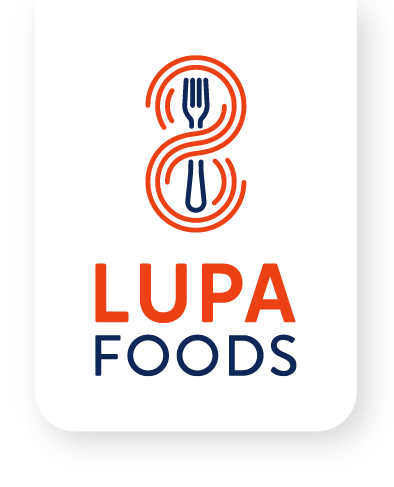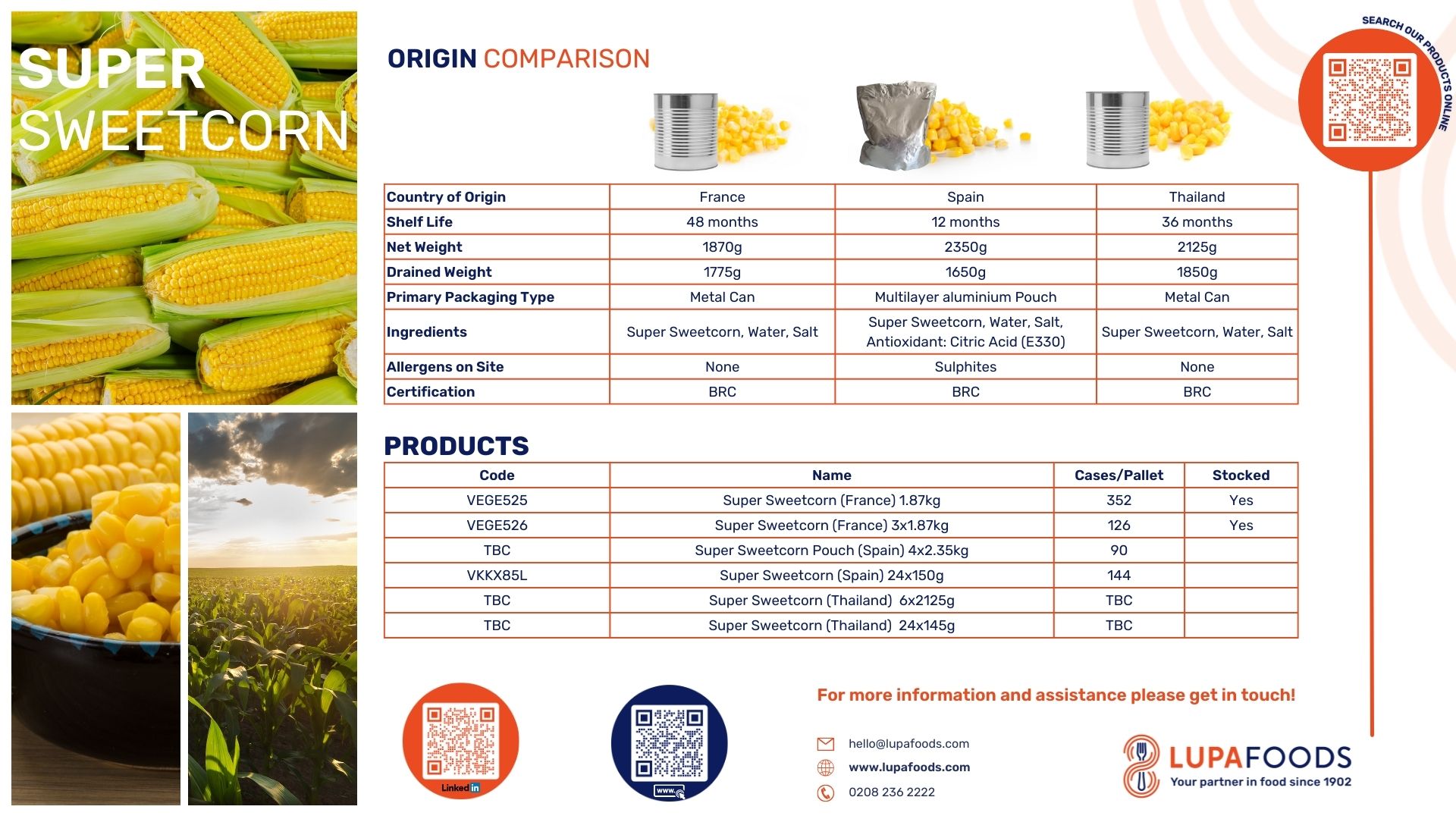Compiling comprehensive data on the sweetcorn market has historically presented challenges due to decentralized data sources. Yet, by analysing trends from significant corn-producing countries—France, Thailand, Spain, Italy, and Hungary—a clear pattern emerges, offering valuable insights into the market dynamics over the past 18 months.
Market Trends: The aforementioned countries have witnessed a notable decrease in corn prices, averaging a 25% reduction compared to the previous year. This decline encompasses not only consumable sweetcorn but also lower-grade corn used for animal feed and further processing. Specifically, for the super sweet variety of corn, the price reduction in consumer packaging is estimated at approximately 15% year on year depending on the origin.
Country-Specific Insights:
France: Agricultural sectors express dissatisfaction with governmental policies, feeling the need for more substantial subsidies and support to counteract the falling prices induced by global competition. Regulatory burdens are also a concern, potentially driving farmers towards more profitable crops. Furthermore, the imposition of an Anti-Dumping duty on Thai Sweetcorn by the EU has been deemed a partial measure given the price pressures from Hungarian producers with the EU bloc.
Thailand: The country has reported excellent crop yield and quality from Q4/2023 to the present. With stable supply and costs, the current period until around Q3 is optimal for confirming and committing to volumes. Despite challenges in lead times due to issues in the Red Sea, strategic planning can mitigate these delays.
Spain: In line with global trends, Spain’s sweetcorn market exhibits a parallel trajectory, offering a promising outlook for price adjustments. Notably, Spain is positioned uniquely compared to its European counterparts, such as France, by not facing similar political pressures, which contributes to generally lower prices. This advantage is further enhanced by lower production, operating costs and robust production of frozen sweetcorn that can be used for canning too, enhancing its competitive edge in the market.
Hungary: Standing out as one of the leading sweetcorn producers globally, Hungary boasts the largest dedicated land area for consumable corn in Europe. The favourable climatic conditions have allowed for the production of high-quality sweetcorn at competitive prices. Collaborations between European producers and Hungarian growers, along with imports of IQF corn for local packaging, underscore the integrated nature of the market. The Hungarian crop has been subject to a reasonably stable level of rainfall, with a higher minimum temperature on average throughout the past year. This allows an optimistic view of the year ahead as we move into the sowing period of 2024.





